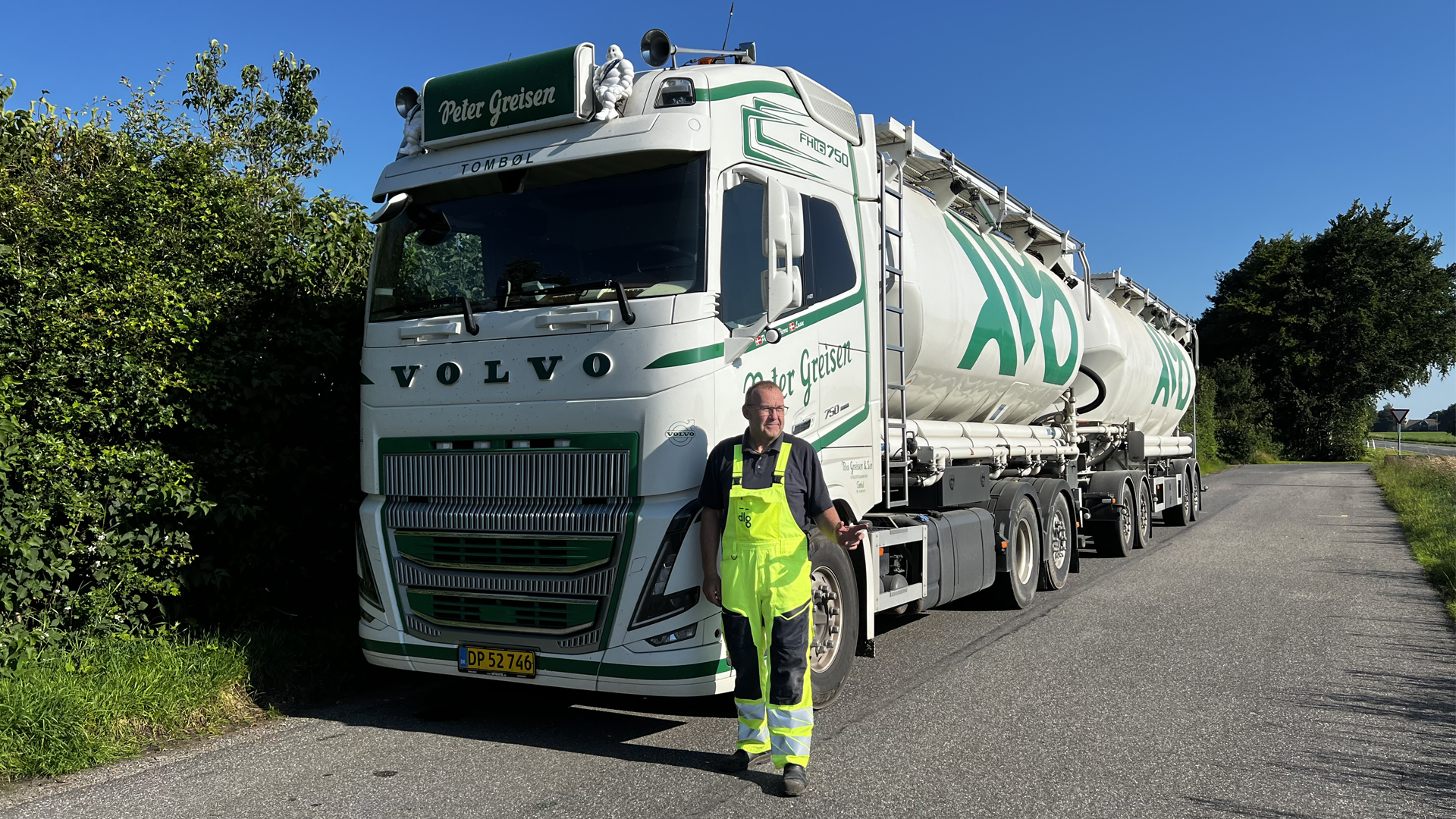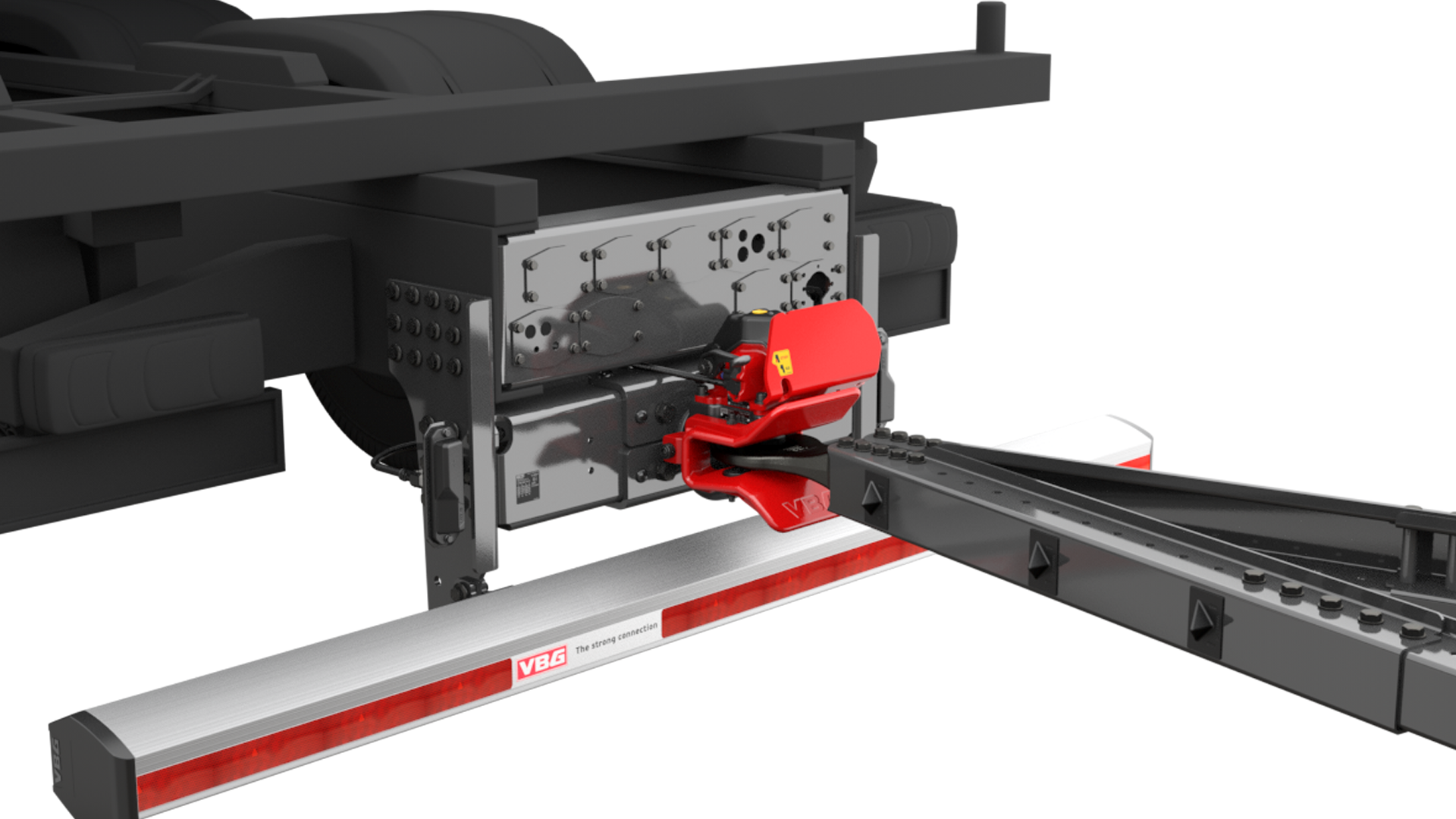5 TIPS FOR DRIVING SAFELY IN THE DARK
One month from now, we will be switching over to standard time, so-called winter time, in Sweden. So, from Sunday 31 October 2021, we will set our clocks back by one hour, which will make it brighter in the morning, but it will get dark one hour earlier in the afternoon. How does this affect the working conditions of professional drivers who spend most of their working hours driving in the dark? And what measures can be taken to increase safety on the roads and in your own work environment?
The new UNECE R58 revision 3 regulation amends Regulation No 58 and is based on research studies and an overall safety objective to reduce injuries in collisions. The objective is to ensure a higher level of safety for occupants of passenger vehicles, who are at high risk of serious injury or death if the vehicle they are travelling in collides with the back of a truck or trailer.
GREATER RISK OF TRAFFIC ACCIDENTS IN THE DARK
Statistics on accidents clearly show that the risk of traffic accidents is 2-3 times greater in the dark than in daylight. Darkness affects us as people in many ways, and, for those who work on the roads, occupational risks increase during the darker seasons.
In the cab of a truck, for instance, it is common to be dazzled by cars that are not as used to driving in the dark and therefore do not dim their high beams when they see the truck’s position light.
Tiredness leads to decreased concentration and the darkness makes it more difficult to detect any obstacles or hazards in good time. The risk is greatest between the hours of 3am and 5am, since the body biologically lowers blood pressure to its lowest level of the day to give the body the rest it needs.
REFLECTORS PREVENT ACCIDENTS
A third of all road accidents involving pedestrians occur during the November to January period. This is believed to be because many people in trafficked environments do not use reflectors to the extent necessary to prevent accidents. Remember that, as a driver, you increase your own safety by wearing a reflective vest when you move around outside your truck. Reflectors can be considered a good and cheap form of life insurance during the dark period that is now approaching.
VBG’S 5 TIPS FOR DRIVING SAFELY IN THE DARK
- KEEP TO SPEED LIMITS
It is much more difficult to judge distance in the dark. You should therefore increase the minimum distance to the vehicle ahead of you by a good margin. - KEEP YOUR DISTANCE
Fog, snowfall, rain and stormy weather make it difficult to judge distance, so adapt your speed according to the current conditions. - PARK AND TAKE A BREAK
Climb out of the truck and stretch your legs. Motion and fresh air boost concentration and will help you to arrive at your destination safe and sound. - REFLECTORS
Make it a habit to check the reflectors on your vehicle and those you wear on your person. Reflectors are optically sensitive products that, for the sake of safety, must be checked at regular intervals to ensure that they are intact and functional. The function of reflectors can be diminished by external wear caused by water, scratches or heat. - BRIGHT HEADLAMPS AND CLEAN WINDSCREEN
Make sure you have wiper fluid and that your wiper blades are in good condition for better visibility and safer driving.Keep your lights scratch-free and clean to ensure that you and your vehicle are visible to other road users.
Take care of yourself and your fellow road users!
Would you like a reflective vest?
Fill in the form and we will send you a hi-vis reflective vest!
Recommended reading

How Do You Build the Optimal VBG System?

How can new technology streamline and improve the workday for hauliers?
